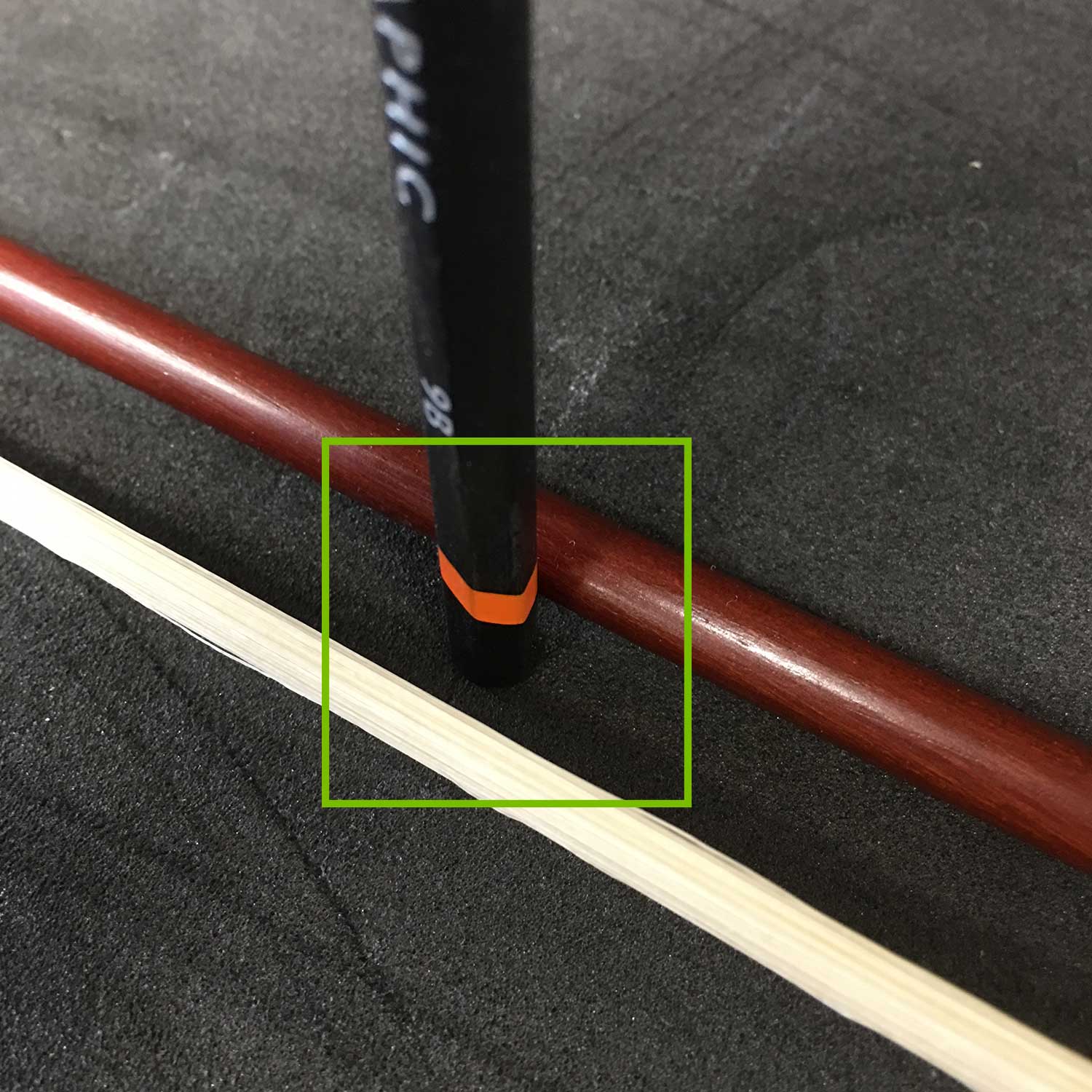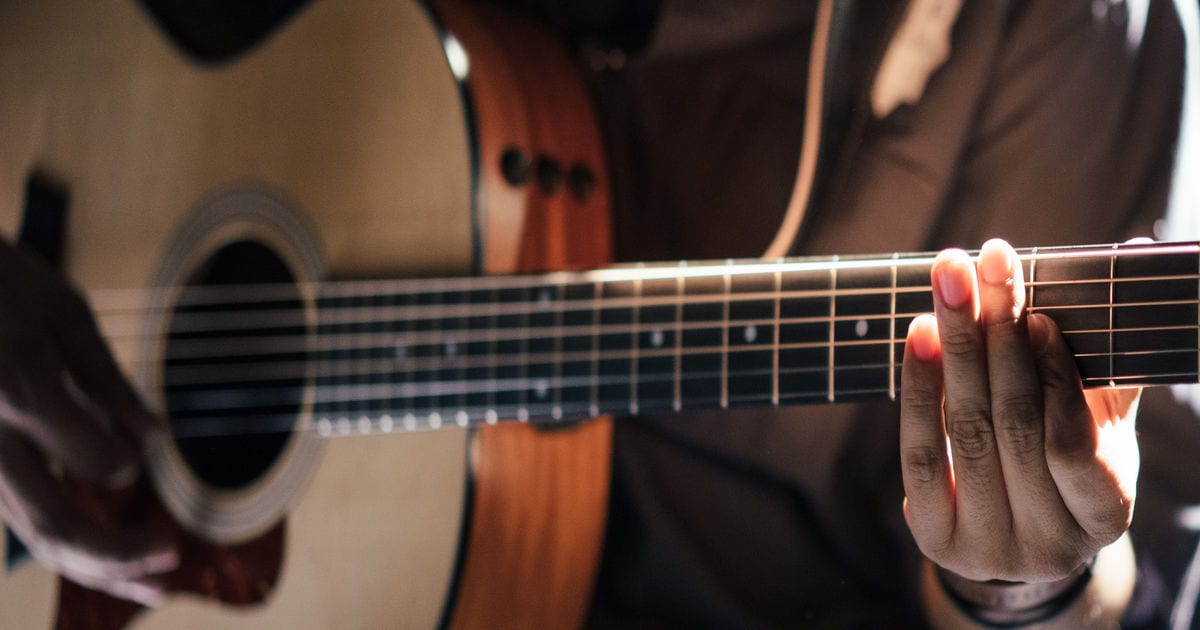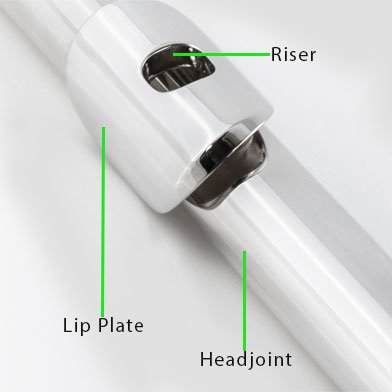There is no denying that violins/violas, like many things we purchase, are available for a lot less money than a decade ago. The question is whether they are value for money, or a false economy?
You can buy small electrical appliances for £5 and they will fulfil their purpose but they only have one purpose; their construction and parts are very simple; and they are very easy to make.
Does this make a violin/viola, retailing between £40 & £60 worth buying? Will it fulfil its function?
To test this we purchased a violin online, and gave it the once over in our workshop.
What we found were some good reasons why they are not suited to anyone learning to play. We have outlined the top ten below followed by a summary.
The string height at the violin nut should be low enough that on a photo you wouldn't really be able to see the gap.
Here it is a good few millimeters. Having to push the string down this distance makes it an awful lot harder to learn and play.
You will also find you have tuning and intonation problems.
Often the pegs are fitted badly, which can make tuning almost impossible. In this case, they were not the worst we have seen, but not too great.
The main issue is the wood that has been used. The usual wood used would be ebony, which comes at a price. Here a much cheaper wood has been used with no real strength. This makes the violin pegs very prone to breaking.
Violin strings are hugely important to the sound of the instrument. If you were to buy new strings the starting price for a recognised quality brand is around £25, nearly half the cost of this violin!
The factory fitted strings on this violin would retail around £5
Just like the plywood body, poor quality strings do not produce a good sound. This isn't going to stop you from learning and progressing, but you will start to notice the sound and start looking to upgrade.
The violin bow in this case, not only cant be tighten as it should, but it also isn't straight.
If you are just starting out, you may not notice at first. But, after a month or so you will!
The bridge feet should be perfectly contoured to the shape of the violin top. They should also be an awful lot slimmer than in this image.
Unfitted bridge feet can make the bridge prone to falling over, but more importantly it has a very negative impact on the sound quality.
It takes time a skill to fit a bridge correctly, which is something missing in the construction of budget violins.
The tailgut is the rope/string looking part that is holding the tailpiece to the violin. As we tuned the violin, this stretched and made tuning really difficult. Over time it would continue to stretch.
Tuning a violin when you first start playing is hard enough, this will only make it very difficult.
The entire body of this violin is made of plywood. Great for small boat building, or boxing in pipes in your home, but to date it hasn't been used in any great sounding violins!
The sound quality will not inhibit your playing, but it will not be long before you start to notice it and you'll be looking to upgrade.
When the nut height and bridge height has not been set correctly the string height towards the end of the fingerboard is far too high. Again, this only makes it really difficult to learn and play.
As you learn and progress you will start to move further down the fingerboard, this will be extremely difficult to do with the strings being so high.
Over the years we have seen many fine adjusters like these. You need these on a regular basis to fine tune your violin, even more so when the pegs are not fantastic.
At the cheaper end of the market, the thread of the adjuster screw easily wears and stops working after a short period of time.
Without functioning fine tuners, tuning will be almost impossible.
As a general rule, a pencil should just fit through to bow stick and hair once under tension. To get the correct tension in a violin you simply turn the threaded end until there is the right tension.
We have to tighten the bow so much the gap was huge, and even then we couldn't get enough tension in the bow.
Summary
The single biggest question is, would this violin be suitable for a beginner? Or anyone else for that matter.
The simple answer is no. Playing any instrument is going to take some practice and patience, a violin of this quality will make the task so much harder, and will often result in giving in. It makes no sense at all to buy something that simply isn't fit for purpose and that has simply been made to hit the lowest price point it can.
If you have decided to take up the violin, or you are wanting to get back into playing, then buy or hire a setup, quality violin that will help and encourage you to learn to play.
















